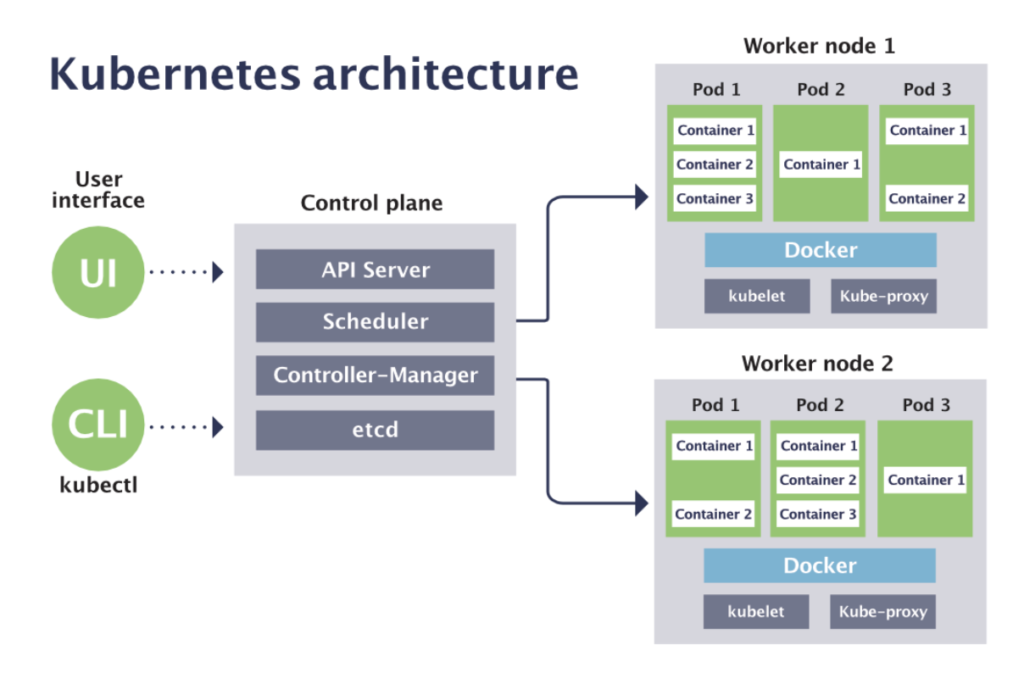
Table of Contents
Introduction
Large organizations devote large sums of money to maintaining and extending their digital infrastructure. For example, it’s estimated that, on average, banks spend 7%, tech companies spend 4%, and construction companies spend 2% of their revenue on IT. While these percentages might seem small, you have to consider the fact that these organizations earn tens if not hundreds of billions yearly in revenue.
A massive chunk of the IT budget of organizations goes towards recurrent expenditures such as licensing fees for operating systems of enterprise solutions, URL registration, IT service provider fees, content management systems, and wireless systems.
In the past, enterprise solutions needed to be deployed in standalone environments. Additionally, operating systems and other recurrent expenditures are paid for per environment hosted. As a result of these two factors, large organizations had to purchase multiple units of the same software solution.

The advent of virtualization has helped cut costs because one hardware is now capable of supporting multiple operating systems. Containerization has led to more advancements in cost-saving and productivity for organizations that actively leverage multiple digital infrastructures.
Of course, as K8 is complex, you are likely to run into challenges that can make K8 more expensive than less. Notable among these setup challenges is the CrashLoopBackOff Error, which occurs as a result of constantly failing pods.
Since the creation of Docker and Kubernetes, there have been raging arguments about the use cases of both products. Many often pit Kubernetes against Docker without realizing that they work differently. More often than not, those who understand the differences between pods and containers agree that Kubernetes and Docker work together.
Differences Between K8 Pods And Containers
There is no better place to understand the difference between pods and containers than from the very source of these concepts. Docker (a platform used to create containers) defines a container as “a standard unit of software that packages up code and all its dependencies, so the application runs quickly and reliably from one computing environment to another”.
Kubernetes (which helps manage containerized applications) defines pods as “a group of one or more containers, with shared storage and network resources, and a specification for how to run the containers”. Armed with the definition of both pods and containers, we can begin to discuss their differences below.

- Encapsulation: Containers encapsulate applications while K8 manages containers by encapsulating them in pods. The pods themselves are encapsulated in nodes, which helps to further control the deployment environment and ensure that there is little or no downtime for enterprise applications that are expected to function perfectly.
- Scope Of Influence: It becomes more apparent that containers house the actual solution. In terms of modularity, containers are closer to applications and services than pods, which ensures the scalability of these containers.
- Management and Organization: Since microservices have been popularized as a reliable architectural pattern, it has become difficult to decide how many services should be created when building a software solution and to justify making a feature into a service. As a result of this, we end up having a lot of containers. Pods make it easier to organize and manage these containers regardless of their quantity.
- Ergonomics: Containerization using known platforms like Docker is a lot easier to set up (within an hour). With the help of other cloud-based platforms, the job of containerization becomes easier. Pods and other utilities using K8 require more esoteric knowledge, are harder to set up, and are easier to mess up.
Navigating Challenges With K8 Pods And Containers
While the pros of K8 pods and containers far outweigh its cons, it is important to be aware of the major cons in a bid to fully comprehend the risks that are inherent in its use and properly weigh the tradeoffs that come with its use-cases. Some of the challenges of using pods and containers are:
- They are best suited to large-scale applications, not small projects, as the time and resources needed to integrate your solution with these platforms might not seem worth it for a small project as the gains are marginal at best.
- K8 pods and containers work best with platforms that are built using microservices architectural patterns. A monolithic architecture or other architectural patterns aren’t really compatible with these solutions. Using pods and containers for solutions that aren’t microservices is like going to a steakhouse to order a salad.
Final Thoughts
Understanding the use-cases of pods and containers is very valuable. DevOps engineers who help maintain the digital environment of an organization can use them to save costs in a way that doesn’t compromise the efficiency of the business. Being able to organize containers into pods properly can reduce the number of people required to manage these environments.
Understanding the differences between pods and containers also helps ensure that we don’t pit Docker against Kubernetes. It shows us how to integrate the utilities they offer us properly.
